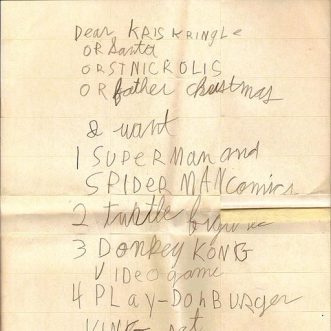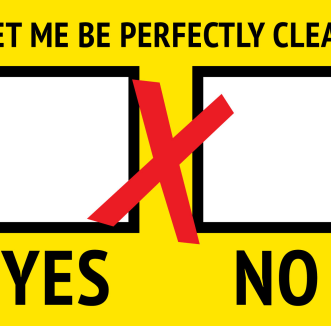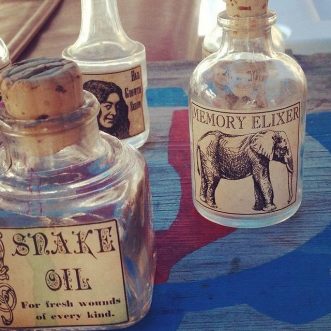December 3, 2019
We all want to be someone else. Someone better. Stronger, fairer, kinder, cleverer, more authoritative, more creative, more exotic – the list goes on.
If you happen to be a cosplay or fancy dress business able to literally do that – lucky you!
The rest of us have to spend some time working out a) who the people we serve are and b) who they want to be. And of course there can be several of either.
Whether you sell a product or service, the challenge is the same. Take electric drills, for example. As someone famously said, when his marketing department insisted on going through features “people don’t buy drills, they buy holes in the wall!”.
They don’t of course. They don’t even buy a bookshelf on the wall, or a picture hung, or a wooden toy mended. What they buy is the ability to become a closer version of the person they want to be.
Putting up a shelf, or hanging a picture or mending the wooden toy might make a father feel he is taking care of his family, as his father did before him. He’s out at work all day, so he misses out on mealtimes and bedtimes, but he can do his bit for the nest they’re all in.
The same thing might make a woman feel like she is independent, capable, self-sufficient, so that when she chooses to settle down its because she wants to, not because she has to.
That’s a lot to pack in to a product or service. As responsible businesses we have a duty to understand who we serve and who they want to be, as fully as we can, and then find the best, most effective way to help them get there, without harming them, other people or the planet in the process.
We never buy just ‘stuff’. Which means we can’t sell just ‘stuff’.









